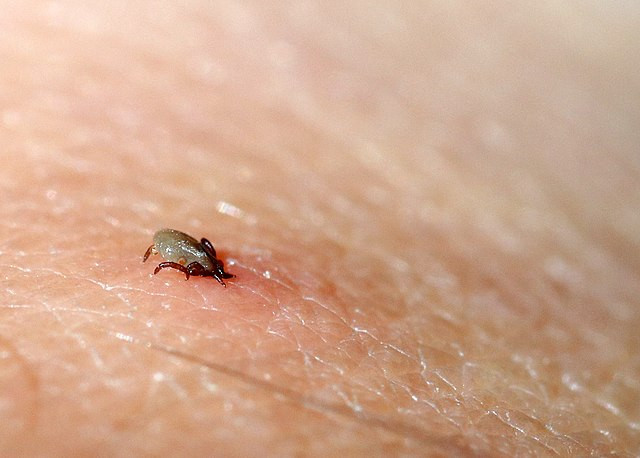The Maine Center for Disease Control and Prevention (CDC) reported on Thursday the first death from the tick-borne Powassan virus in 2024, occurring in York County. This marks a grim milestone for the state, which has already recorded three confirmed infections of the virus this year, including cases in Kennebec and Lincoln counties.
The Maine CDC has not provided additional details regarding the deceased individual or the specific circumstances surrounding the infection. Historically, the Powassan virus is relatively rare, with the United States recording approximately 20 to 50 cases annually from 2018 to 2023. However, Maine identified a record seven cases in 2023 and has documented 25 infections since 2014, with four fatalities in the last decade.
Powassan virus, named after the town in Ontario where it was first identified, is transmitted through the bite of infected deer or woodchuck ticks. Unlike Lyme disease, which typically requires more than 24 hours to transmit from tick to host, Powassan virus can be transmitted in as little as 15 minutes after a tick bite. This rapid transmission underscores the importance of prompt tick removal and preventive measures.
"Powassan virus is a serious concern, especially given its ability to transmit so quickly," noted Dr. Robert Smith, an infectious disease expert. "With the rise in tick populations and tick-borne diseases, public awareness and preventive measures are more critical than ever."
The virus often goes unnoticed as many infected individuals remain asymptomatic. For those who do develop symptoms, the onset can occur anytime within a month after being bitten by an infected tick. Symptoms can range from mild, such as fever and headache, to severe, including vomiting, weakness, confusion, seizures, and memory loss. In some cases, the virus can cause serious neurologic problems like brain or spinal cord inflammation. Approximately 10% of individuals with severe disease succumb to the virus, and those with weakened immune systems are at a higher risk of developing severe symptoms.
Given the severity of the virus, the Maine CDC urges residents to take preventive measures, particularly as tick activity heightens in the spring, summer, and fall. Recommendations include:
- Avoiding Tick Habitats: Be cautious in areas where ticks are commonly found, such as wooded and grassy regions.
- Wearing Protective Clothing: Dress in light-colored clothing that covers arms and legs; tuck pants into socks to prevent ticks from reaching the skin.
- Using Repellents: Apply EPA-approved repellents such as DEET, picaridin, IR3535, or oil of lemon eucalyptus on exposed skin and use permethrin-treated clothing.
- Daily Tick Checks: Conduct thorough tick checks on oneself, family members, and pets after outdoor activities.
- Tick Removal and Disposal: Remove clothing upon returning home and place it in a dryer on high heat for 10-15 minutes to kill any unattached ticks.
Dr. Emily Parker, a public health official, emphasized, "Early detection and prompt medical attention are key. If you experience any symptoms associated with Powassan virus after a tick bite, seek medical care immediately."
The Maine CDC also highlighted the importance of consulting veterinarians for tick prevention strategies for pets, as they can also be affected by tick-borne diseases and may carry ticks into the home.
In light of the recent fatality and increasing cases, the Maine CDC continues to monitor the situation closely and works to educate the public on the risks associated with tick-borne illnesses. For more detailed information on Powassan virus prevention and detection, residents are encouraged to visit the Maine CDC's Powassan virus website or the University of Maine Tick Lab for resources on tick identification and testing.






